#用户表
create table user(
id int not null unique auto_increment,
username varchar(20) not null,
password varchar(50) not null,
primary key(username,password)
);
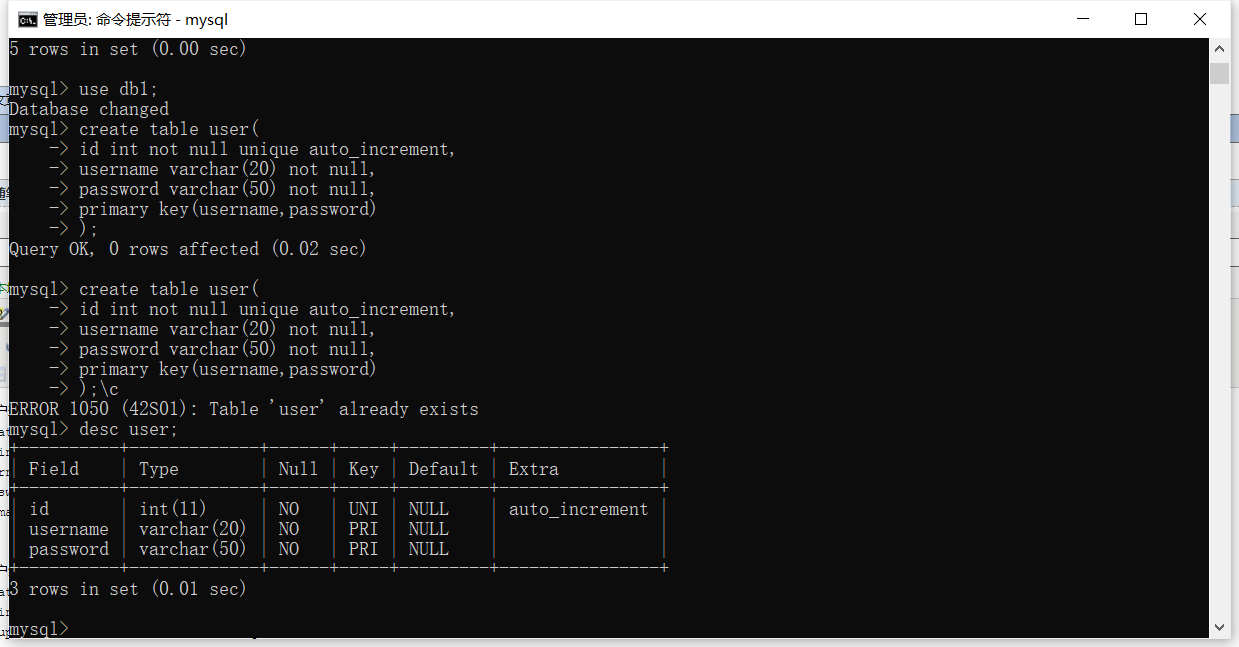
#用户组表
create table usergroup(
id int primary key auto_increment,
groupname varchar(20) not null unique
);
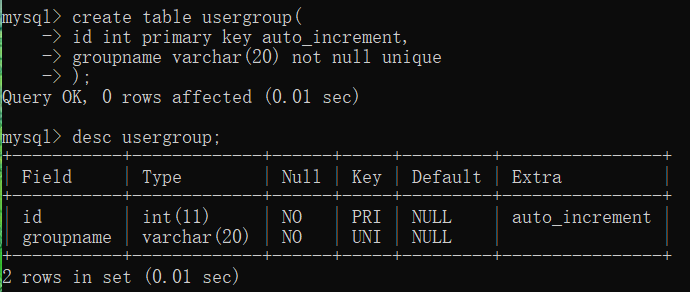
#主机表
create table host(
id int primary key auto_increment,
ip char(15) not null unique default '127.0.0.1'
);
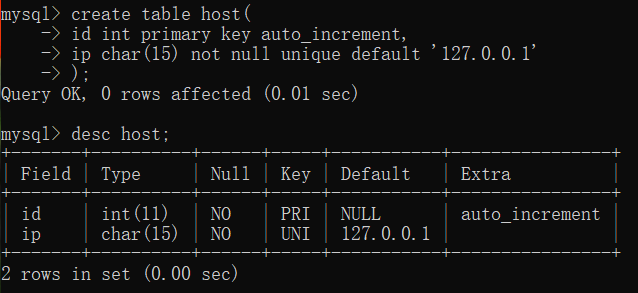
#业务线表
create table business(
id int primary key auto_increment,
business varchar(20) not null unique
);
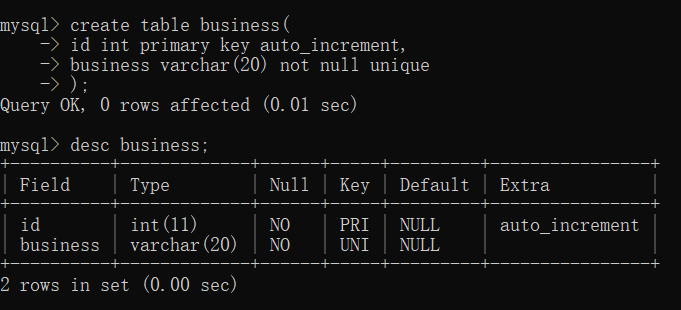
#建关系:user与usergroup
create table user2usergroup(
id int not null unique auto_increment,
user_id int not null,
group_id int not null,
primary key(user_id,group_id),
foreign key(user_id) references user(id),
foreign key(group_id) references usergroup(id)
);
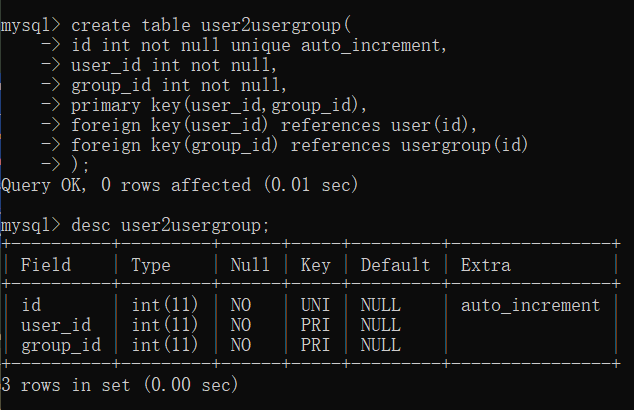
#建关系:host与business
create table host2business(
id int not null unique auto_increment,
host_id int not null,
business_id int not null,
primary key(host_id,business_id),
foreign key(host_id) references host(id),
foreign key(business_id) references business(id)
);
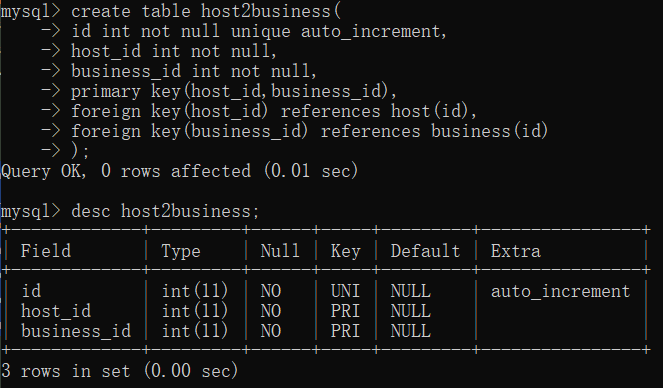
#建关系:user与host
create table user2host(
id int not null unique auto_increment,
user_id int not null,
host_id int not null,
primary key(user_id,host_id),
foreign key(user_id) references user(id),
foreign key(host_id) references host(id)
);







